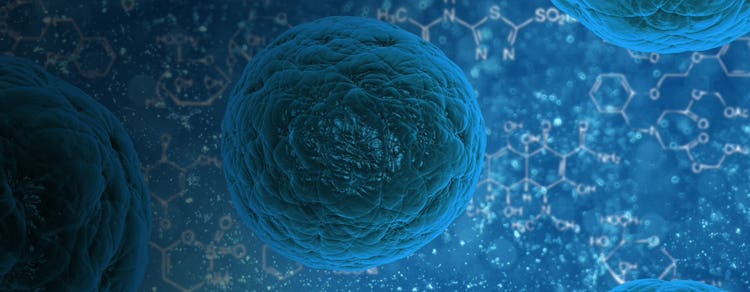
Microbiology and Contaminant Monitoring
Measure bacterial growth and protein expression, and detect microbial contamination
Microbes and contaminants
Microbes, including bacteria, have been estimated to make up about 15 percent of the earth’s biomass, and microbes in the human body outnumber human cells by 10 to 1. These microorganisms provide great benefit to us and are also vital to many fields of research, from medicine to alternative energy production. On the other hand, monitoring for microbes and the toxic substances they produce is necessary to ensure the safety of pharmaceutical products.
Microbial growth and contamination
Microbial growth refers to the increase in the population size of a microbial colony. As unicellular organisms, microbes can grow to a specific size range, beyond which they cannot maintain their cell integrity. The ultimate way to ensure continuity within the confined cellular dimension is to divide into identical cells. Each of the daughter cells then undergoes another cycle to divide, leading to exponential microbial growth over time.
Accidental or unintentional microbial growth in experimental setups leads to microbiological contamination. If you work with mammalian cell cultures, microbial contamination can be a recipe for disaster. The increase in microbial population induces changes in pH and produces toxins that can damage the cell culture. Scientists whose research relies on mammalian cells must carefully monitor these cultures for unwanted microbial contaminants to ensure that their experimental results are reliable.
Microbial detection and analysis
Microplate readers provide convenient ways to measure bacterial growth and protein expression and detect microbial contamination in mammalian cell cultures. Our application notes demonstrate several methods for microbial detection and analysis.